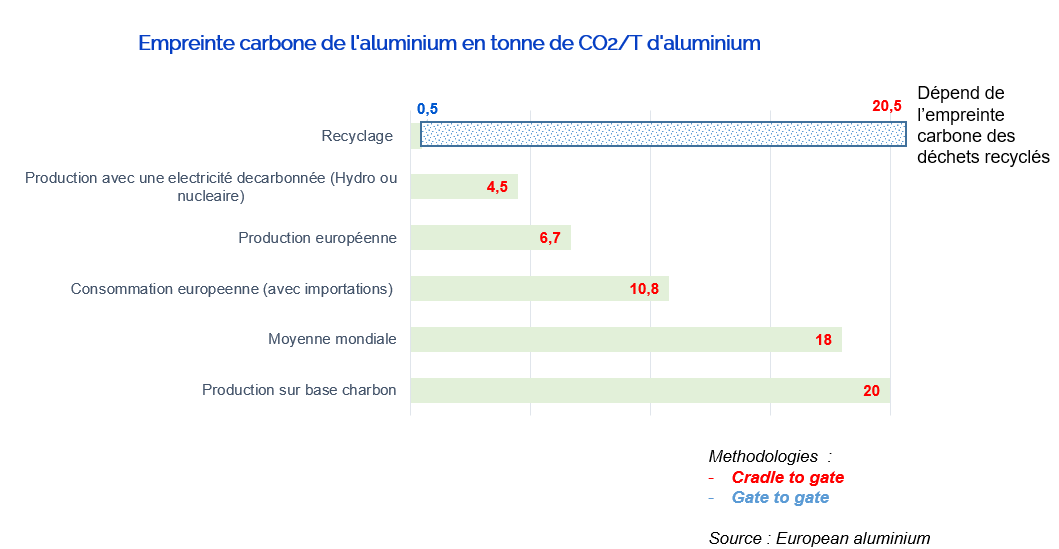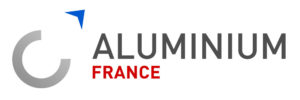Climate and carbon footprint

The impacts on the climate are issues for our civilization and our future generations . Emitting less greenhouse gases must be everyone's concern .
For the aluminum industry, reducing the carbon footprint has been a priority issue for many years, and particularly in France and Europe.
Reducing the carbon footprint must take place on all fronts and aluminum is a material at the service of international agreements to fight against climate change through its use and production.
Use and application
Among the many advantages of aluminum, the fact that it is light and can be recycled many times makes a massive contribution to decarbonization:
2 times lighter than steel, aluminum makes it possible to reduce the weight of all vehicles whether land, nautical, space, air or underground, by replacing many other heavier materials such as copper or l 'steel for equivalent technical performance.

Aluminum can be recycled many times, without losing its technical characteristics if the sorting operations allow it. Recycling a ton of aluminum allows an energy saving of 95% compared to its primary production with direct emissions divided by 4. Unlike lighter materials, aluminum is recycled, avoiding a lot of waste that is too often recovered by incineration, with a significant carbon impact.
Our responsibility is to work to consume goods that are 100% recyclable: aluminum in this regard has many answers to provide.
Production
The carbon footprint of aluminum production is a strategic issue for the industry. For many years, French R&D has been working to optimize production processes while reducing greenhouse gas emissions and energy consumption.
AP (Aluminum Pechiney) electrolysis technologies were developed in France and represent technological leaps in metal production. The latest AP 60 technologies allow a considerable gain in CO2 emissions unlike the Soderbergh technology still used in some countries and highly emitting greenhouse gases.
Carbon footprint of aluminum production
Aluminum's carbon footprint breaks down into 3 segments:
Direct emissions (greenhouse gas emissions from the industrial site), which are mainly linked to:
- The electrolysis of alumina,
- The foundry (combustion of the gas required for the foundry)
- Anode baking (when the site has anode production) - (combustion of the gas required for baking)
Depending on the electrolysis technology used, direct emissions vary between 1.8 and 2.5 tonnes of Co2 / tonnes of aluminum produced.
Indirect emissions (greenhouse gas emissions from the electricity required for electrolysis)
Indirect emissions depend on the fuel used to generate electricity. They can be close to 0 if it is hydraulic or nuclear energy, or between 15 and 20 tonnes of CO2 / tonne of aluminum produced if it is coal or heavy fuel oil.
The other emissions:
- Emissions related to bauxite mining
- Emissions from alumina production
- Emissions linked to other raw materials (coke, pitch, graffiti, etc.)
- Emissions linked to transport between links in the value chain
Estimation of carbon footprints by country:

